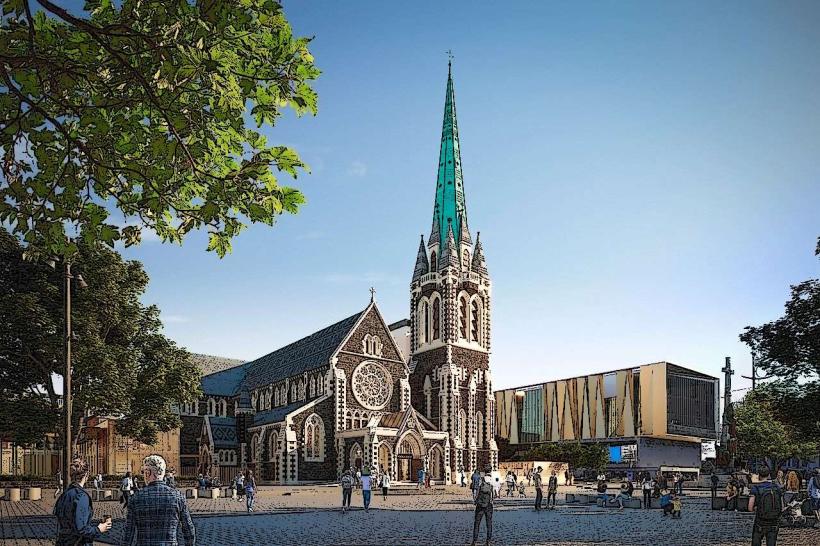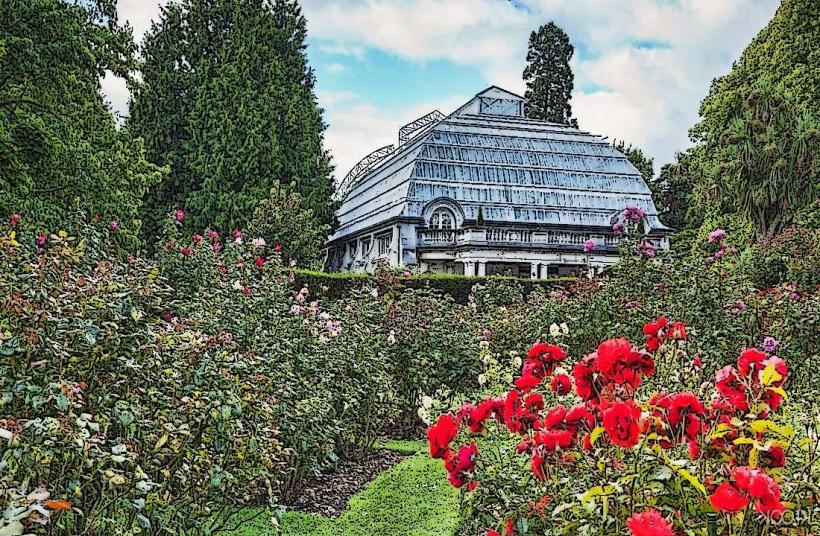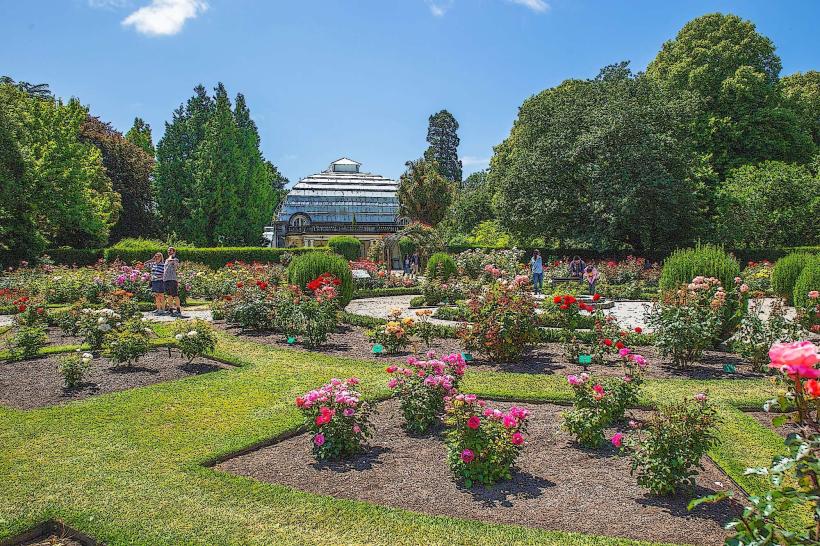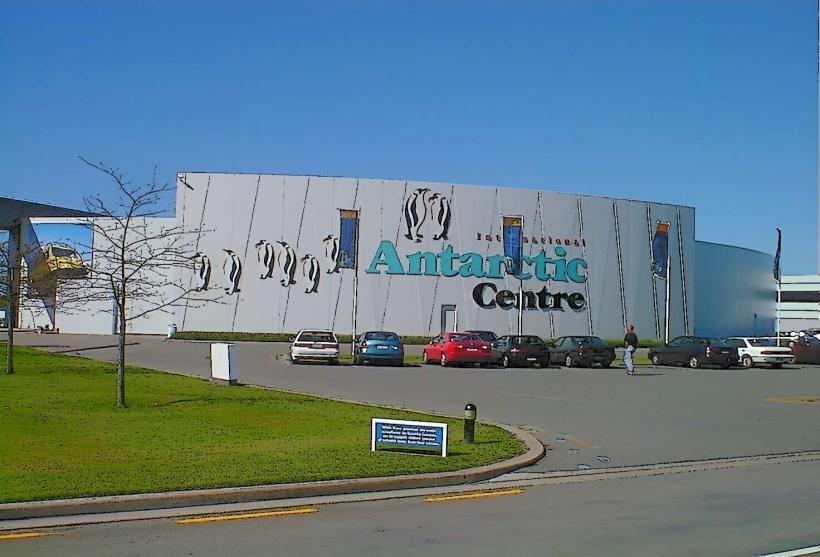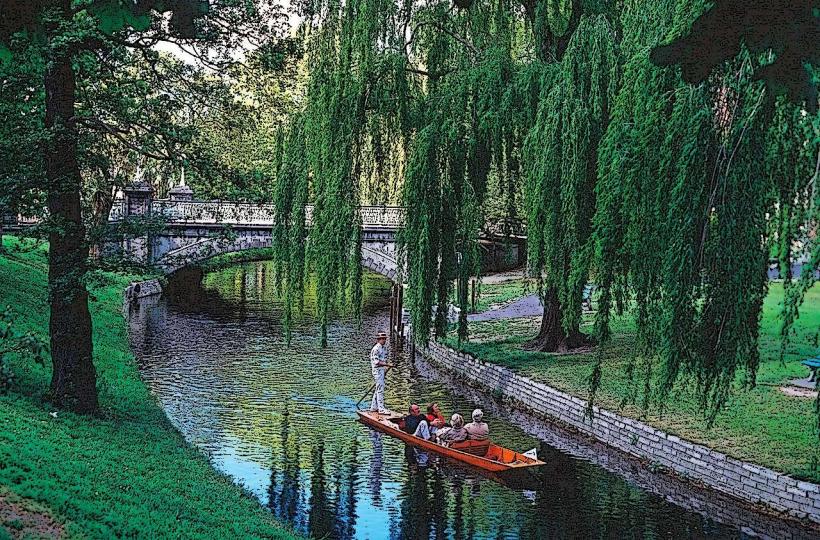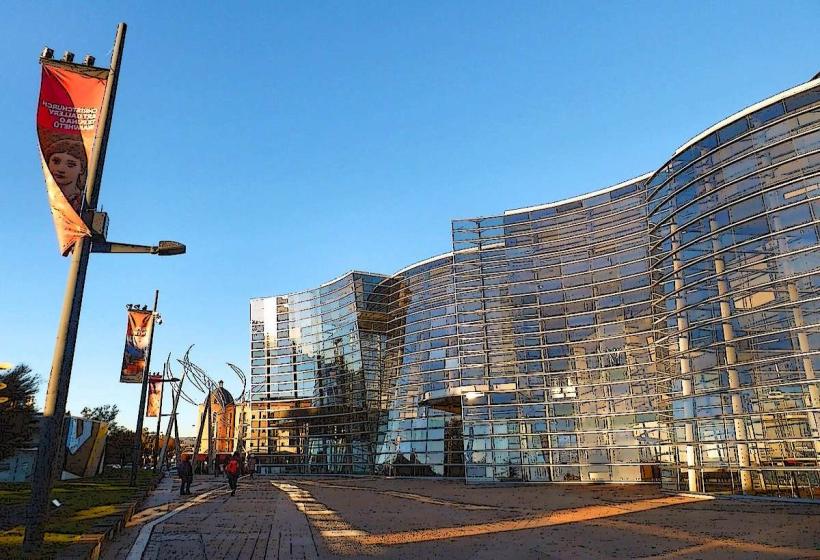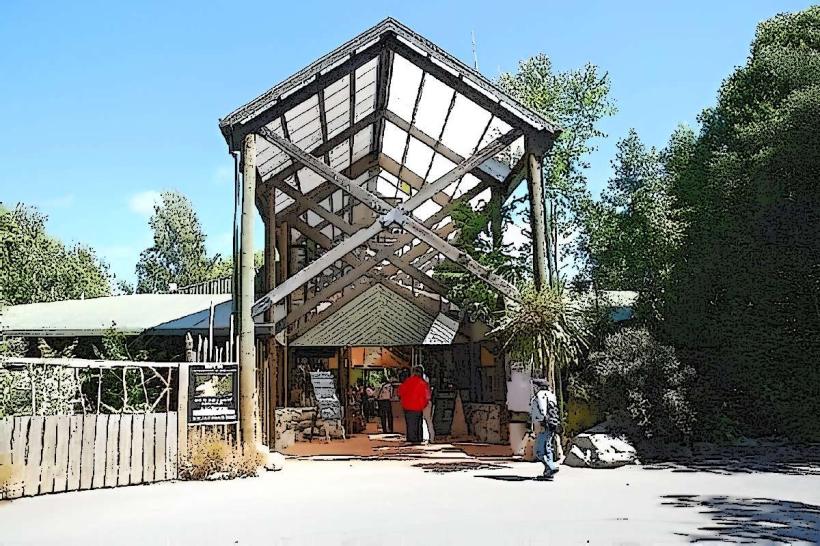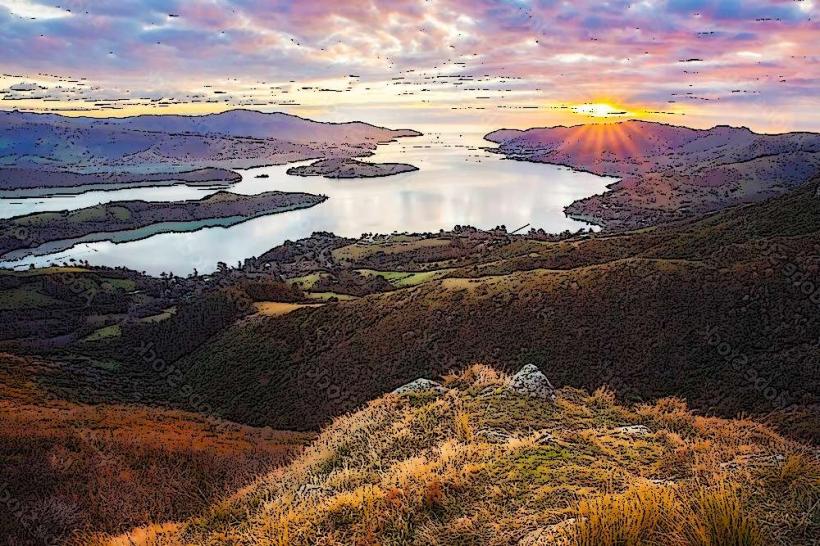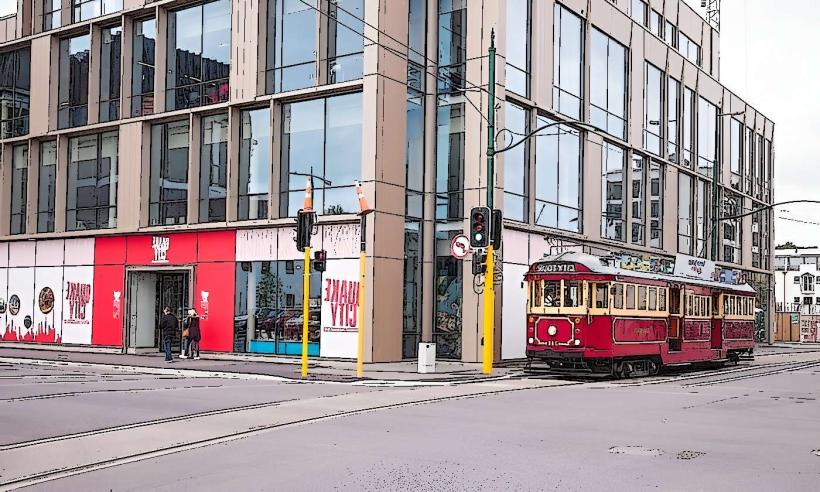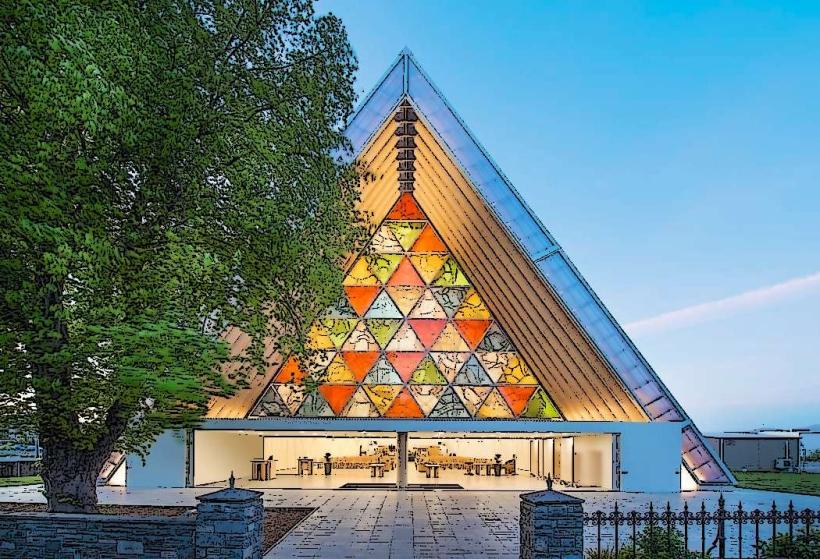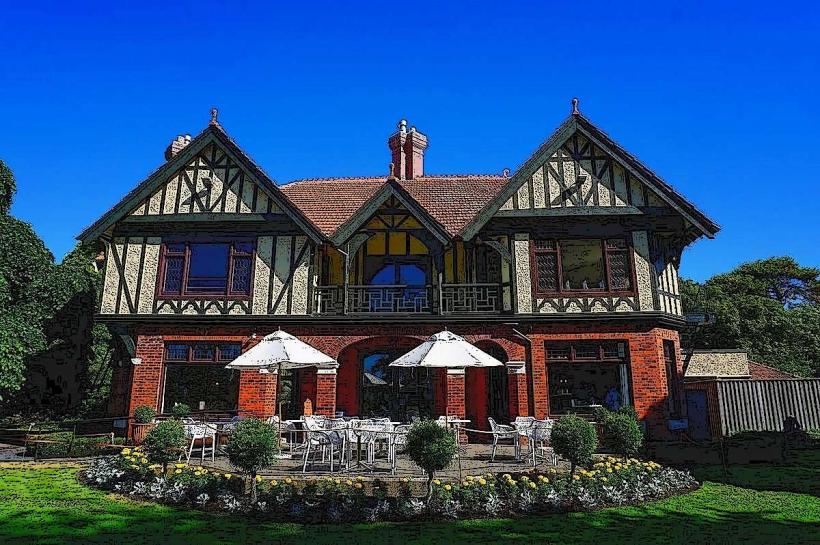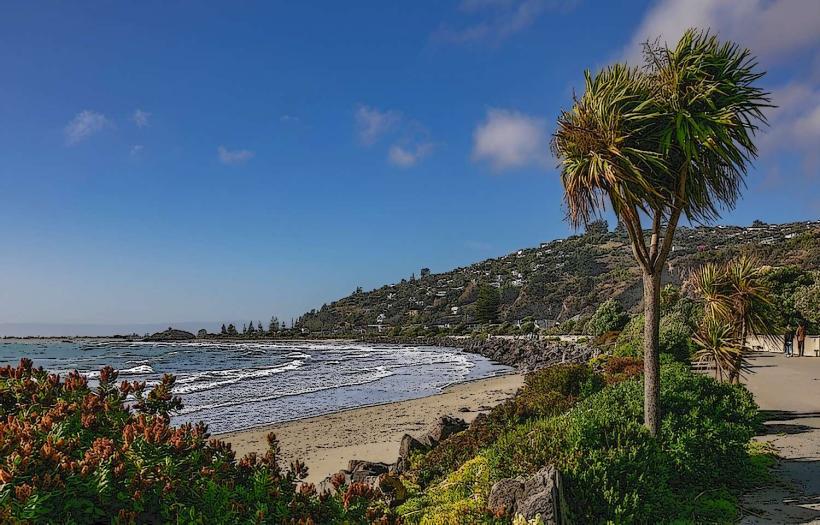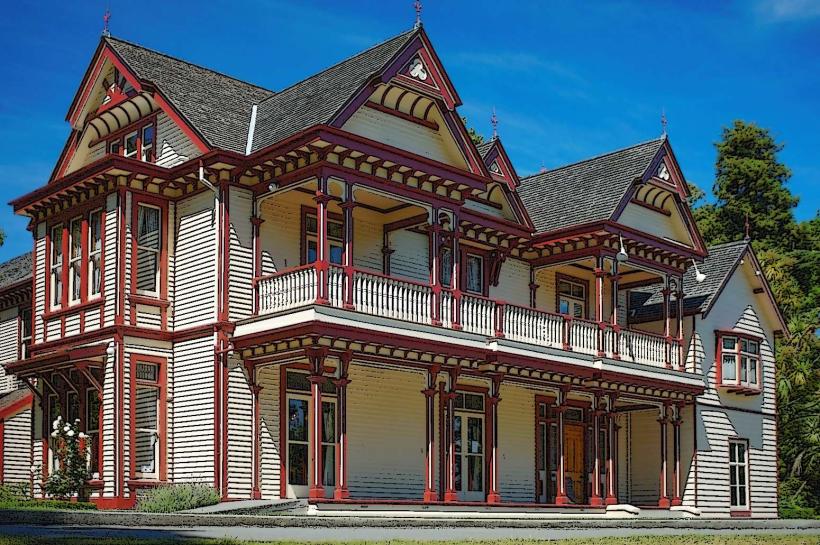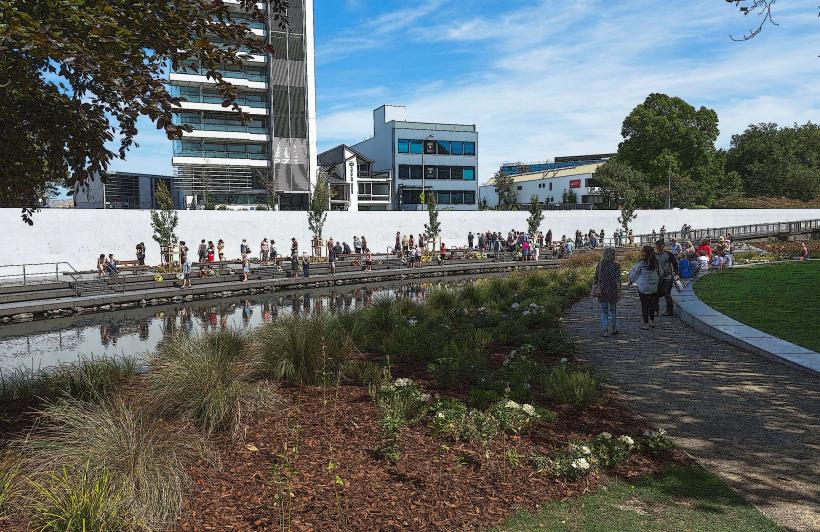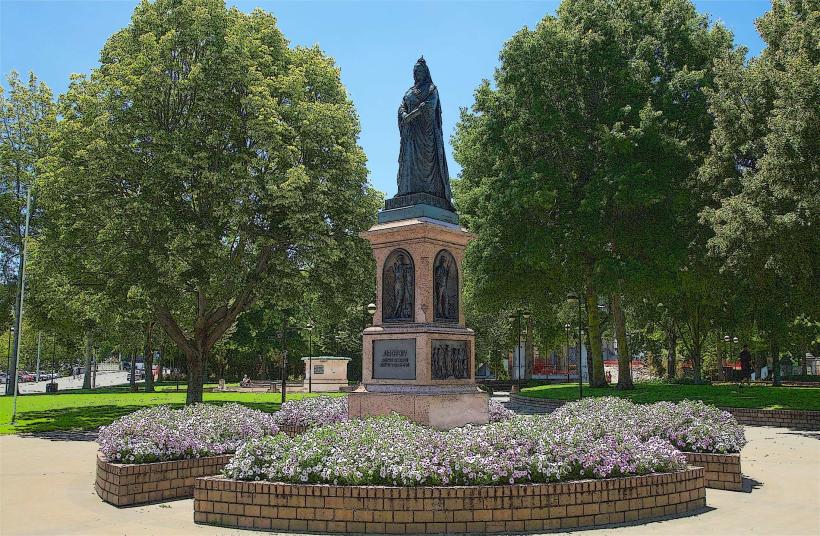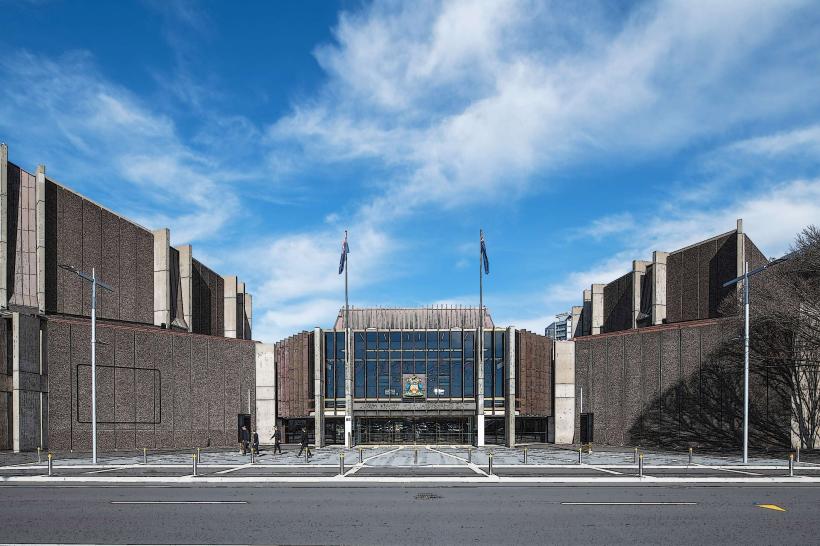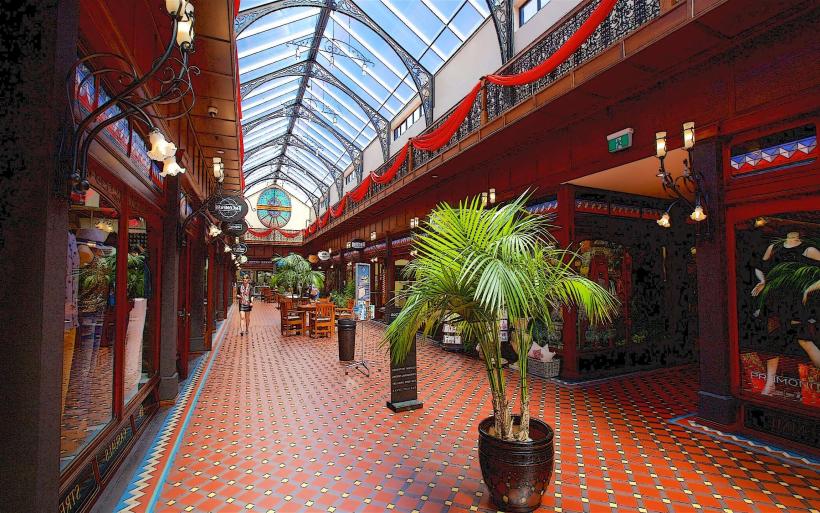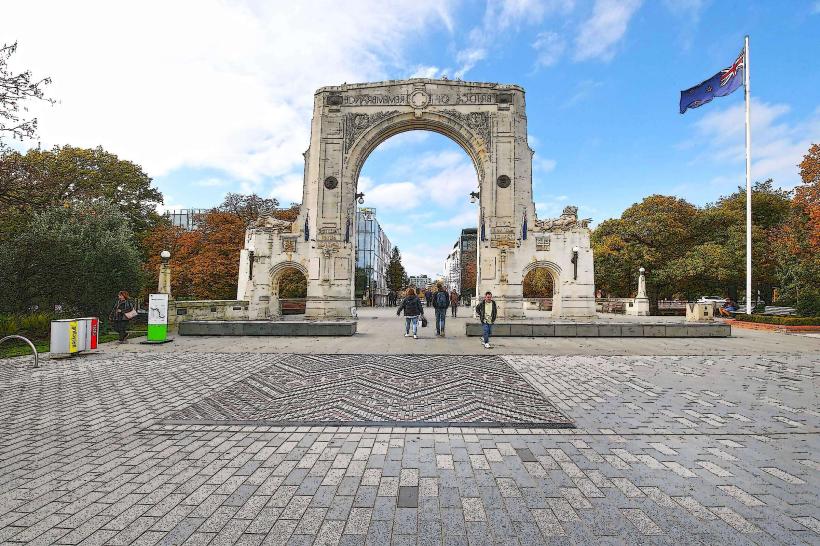Information
Landmark: Canterbury MuseumCity: Christchurch
Country: New Zealand
Continent: Australia
The Canterbury Museum is located in Christchurch, New Zealand, and is one of the city's most prominent cultural institutions. The museum is dedicated to preserving and showcasing the natural and cultural history of the Canterbury region and beyond, offering visitors a wide range of exhibits that reflect the area's rich history, biodiversity, and cultural heritage.
Key Features and Exhibits of Canterbury Museum:
1. Location and Architecture
Location: The museum is located in Rolleston Avenue, in the heart of Christchurch’s cultural precinct, near the Botanic Gardens and Christchurch Art Gallery. Its central location makes it easily accessible to both locals and tourists.
Building Design: The museum building itself is a blend of Victorian Gothic and modern architectural styles. The original structure, completed in 1870, is a significant historical building with a stately facade and decorative detailing. Over time, the museum has expanded with new wings and facilities, making it a blend of historical and contemporary design.
2. Collections and Exhibits
The Canterbury Museum houses a wide variety of collections across several disciplines, making it a rich resource for learning about the region’s natural environment, cultural history, and artistic heritage.
Natural History and Biodiversity
Maori and Pacific Island Collections: The museum has a vast collection of Maori and Pacific Island artifacts, including tools, weapons, carvings, and textiles. These objects provide insight into the cultural practices, art, and history of the indigenous people of New Zealand and the Pacific.
Natural History Exhibits: The museum features extensive exhibits on the region’s flora and fauna, including dioramas of native animals such as the kiwi, moa, and other birds unique to New Zealand. There are also collections of insects, marine life, and fossils that document the natural history of the region.
Moa Skeletons: One of the highlights of the museum’s natural history section is its exhibition on the extinct moa, a flightless bird native to New Zealand. The museum has well-preserved moa skeletons, offering a rare glimpse into the world of these prehistoric creatures.
Cultural History
Māori History and Culture: The museum has a significant collection of Māori artifacts, including tools, weapons, clothing, and wharenui (meeting house) models. These objects help tell the story of the indigenous Māori people, their lifestyle, traditions, and art. There are also displays about the Māori-Pākehā (European) interactions, including colonial history and the Treaty of Waitangi.
Pioneer History and Settler Exhibits: The museum’s exhibits on early European settlers in New Zealand and the Canterbury region provide an in-depth look at the challenges of settlement and the early history of Christchurch. It includes a collection of pioneer artifacts, historical maps, and models of early Christchurch, illustrating the city’s growth and development.
Antarctic Exploration: Christchurch is the gateway to Antarctica, and the museum has an important collection of Antarctic exploration exhibits. It features items and memorabilia from early explorers like Ernest Shackleton and Robert Falcon Scott, along with more modern expeditions. The museum showcases the significant role Christchurch has played in the exploration of the Antarctic region, especially as a base for expeditions to the South Pole.
International Exhibitions and Traveling Displays
The Canterbury Museum regularly hosts temporary exhibitions that cover a range of subjects, including global history, science, and art. Past traveling exhibits have included topics such as ancient Egypt, dinosaurs, and international art. These exhibits provide an opportunity for the museum to offer new and diverse learning experiences to its visitors.
3. Special Collections
Whale Skeleton: One of the museum’s most famous displays is the skeleton of a sperm whale, which is on display in the museum’s main hall. This remarkable skeleton highlights the size and majesty of one of the ocean’s largest creatures.
Giant Moa: Another centerpiece is the display of a giant moa, a bird species that once roamed New Zealand but was hunted to extinction by early Māori settlers. The skeleton of the moa offers a fascinating look at this now-extinct species.
Historical Art and Objects: The museum houses various pieces of art, ceramics, textiles, and cultural objects that reflect the artistic traditions of New Zealand and the wider Pacific region.
4. Educational Programs and Activities
Interactive Displays: The Canterbury Museum offers a range of interactive exhibits designed to engage visitors of all ages. There are hands-on activities and learning stations that allow visitors to explore topics in more depth, such as paleontology, botany, and zoology.
School Programs: The museum plays an active role in the education of local schoolchildren by providing guided tours and workshops for students, helping them learn about New Zealand’s history, wildlife, and culture in a more interactive and engaging way.
Events and Workshops: Throughout the year, the museum hosts various special events and workshops related to its exhibitions. These include guest speakers, cultural performances, educational programs, and family-friendly activities.
5. Visitor Experience
Family-Friendly Atmosphere: The Canterbury Museum is designed to be welcoming to visitors of all ages. There are specific areas dedicated to children, such as a hands-on discovery zone where younger visitors can engage with educational displays and interactive exhibits.
Museum Shop and Café: The museum has a gift shop offering a variety of souvenirs, books, and locally-made products, allowing visitors to take a piece of their experience home. The museum also features a café, where visitors can relax and enjoy refreshments while overlooking the beautiful surroundings of the Botanic Gardens.
6. Ongoing Research and Conservation
Conservation Efforts: As part of its mission to preserve New Zealand’s natural and cultural heritage, the Canterbury Museum is involved in ongoing research and conservation efforts. The museum works closely with local, national, and international organizations to protect and study the flora, fauna, and cultural artifacts in its collection.
Public Programs: The museum regularly offers lectures, talks, and programs on the latest research in fields like archaeology, paleontology, conservation, and history.
Summary
The Canterbury Museum is a central institution in Christchurch, New Zealand, offering an extensive collection of natural history, cultural heritage, and art. With exhibits covering topics from Maori culture and European settlement to Antarctic exploration and local biodiversity, the museum provides an educational and engaging experience for all visitors. It serves as a key resource for understanding the history and environment of the Canterbury region and beyond, while also fostering a deeper appreciation for New Zealand’s unique cultural and natural heritage.

